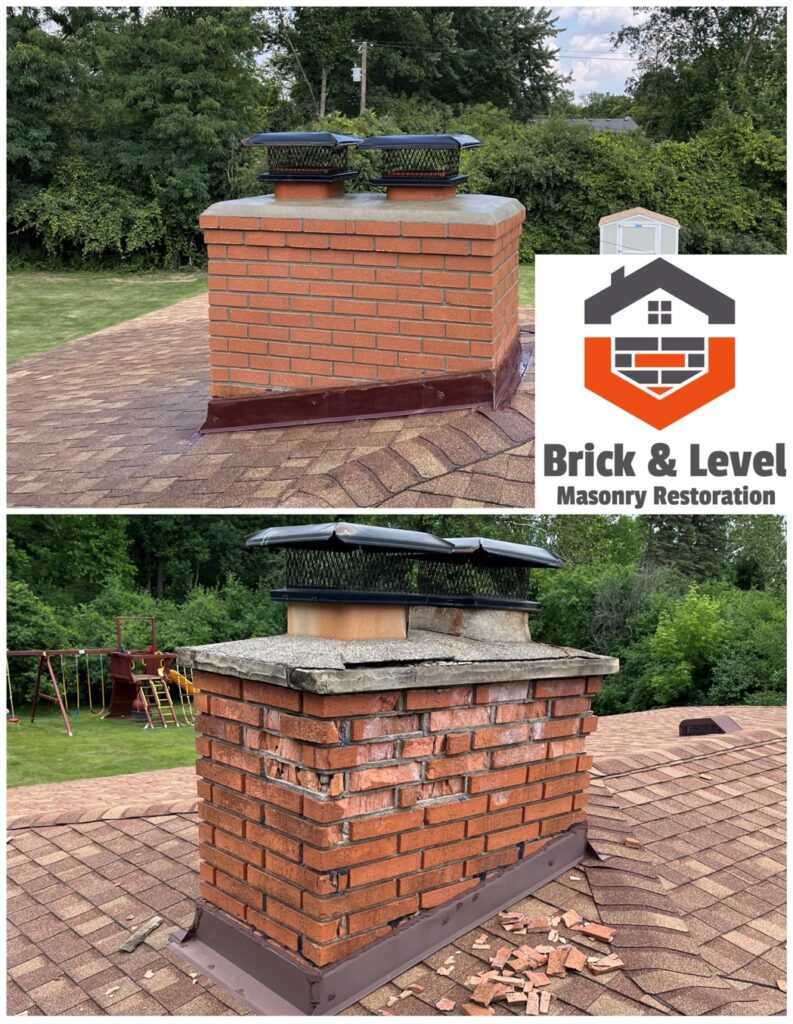A chimney is not only a functional component of a home but also a charming architectural feature that adds character and warmth. Over time, due to many different factors such as weathering, structural issues, and wear and tear, a chimney may require a complete rebuild. Rebuilding a chimney is a complex process that involves several crucial steps to ensure safety, longevity, and aesthetic appeal. In this guide, we will walk you through the detailed steps involved in a chimney rebuild, providing valuable insights and resources for a successful project.
Step 1: Assessment and Planning
The first step in rebuilding a chimney is a thorough assessment of its condition. An experienced mason or chimney specialist will inspect the chimney’s foundation, brickwork, mortar, flashing, and overall structural integrity. Based on the assessment, a detailed plan for the chimney rebuild is created. This includes determining the appropriate materials, the extent of the rebuild, and any necessary permits.
Step 2: Scaffolding and Safety Measures
Before any work begins, proper safety measures are crucial. Scaffolding is erected to provide a stable platform for workers to access the chimney safely. This ensures that the rebuilding process is carried out securely and efficiently.
Step 3: Dismantling the Existing Chimney
The next step involves carefully dismantling the existing chimney. This is done brick by brick, ensuring that salvageable bricks are preserved for later use. Removing the old mortar is also essential to ensure proper adhesion of new materials.
Step 4: Foundation and Base Reconstruction
The foundation and base of the chimney are critical for its stability. Any issues with the foundation are addressed, and a new base is constructed if necessary. This step sets the groundwork for the rest of the rebuild.
Step 5: Rebuilding the Structure
Brick by brick, the chimney structure is rebuilt according to the previously devised plan. High-quality bricks and mortar are used to ensure longevity and structural integrity. The craftsmanship during this phase determines the final aesthetic appeal of the chimney.
Step 6: Flashing Installation
Flashing, which prevents water from infiltrating the chimney and causing damage, is carefully installed. Proper flashing materials and techniques are employed to ensure a watertight seal.
Step 7: Crown and Cap Installation
The crown, often made of concrete, is the topmost part of the chimney that prevents water from entering the flue. A well-constructed crown is essential for maintaining the chimney’s longevity. Additionally, a chimney cap is installed to prevent debris and animals from entering the chimney while allowing proper ventilation.
Step 8: Mortar Curing and Finishing Touches
After the chimney structure is rebuilt, the new mortar needs time to cure properly. This can take several days, during which the chimney should be protected from heavy rain. Once the mortar is fully cured, any necessary cosmetic work, such as tuckpointing or brick staining, is carried out.
Step 9: Final Inspection and Clean-Up
Before the project is considered complete, a final inspection is performed to ensure that the chimney meets safety standards and is structurally sound. Once the inspection is successful, the scaffolding is dismantled, and the work area is thoroughly cleaned up.
Choosing Brick and Level for Your Chimney Rebuild
When it comes to selecting a reliable and experienced masonry contractor for your chimney rebuild, Brick and Level stands out as a trusted name in the industry. With a proven track record of delivering high-quality masonry work, attention to detail, and a commitment to customer satisfaction, Brick and Level ensures that your chimney rebuild project will be a success.
Our team of skilled masons possesses the expertise to assess your chimney’s specific needs and execute a rebuild that combines structural integrity with aesthetic appeal. By using top-notch materials and adhering to industry best practices, Brick and Level guarantees a chimney that not only functions flawlessly but also enhances the overall beauty of your home.
In conclusion, a chimney rebuild is a multi-faceted undertaking that requires meticulous planning, skilled craftsmanship, and a commitment to excellence. By following the steps outlined in this guide and entrusting your project to a reputable contractor like Brick and Level, you can ensure that your chimney will stand tall for years to come, providing warmth and charm to your home.
For more information about Brick and Level’s services and to get started on your chimney rebuild project, visit our website and experience the difference in quality and professionalism firsthand.

